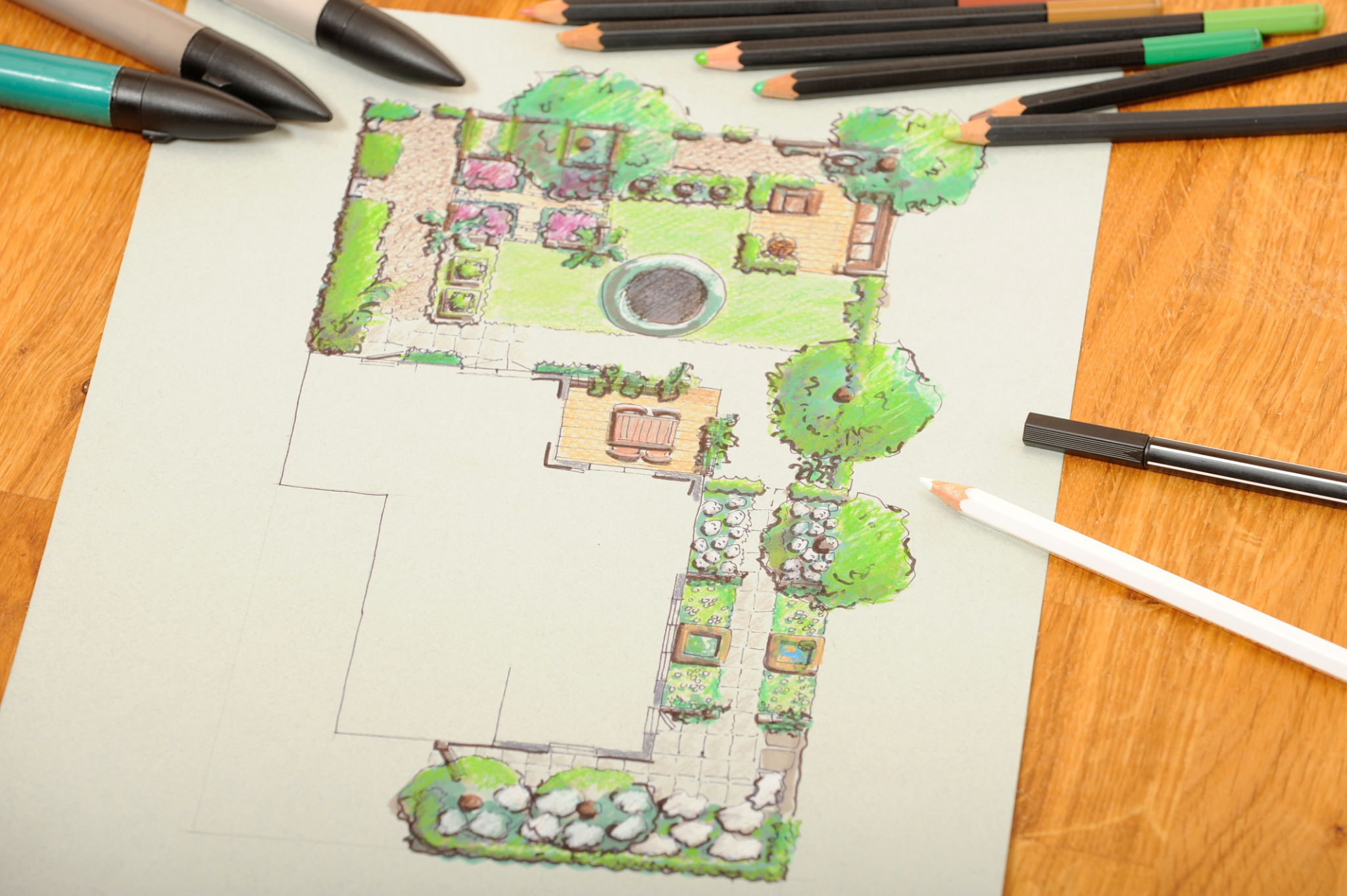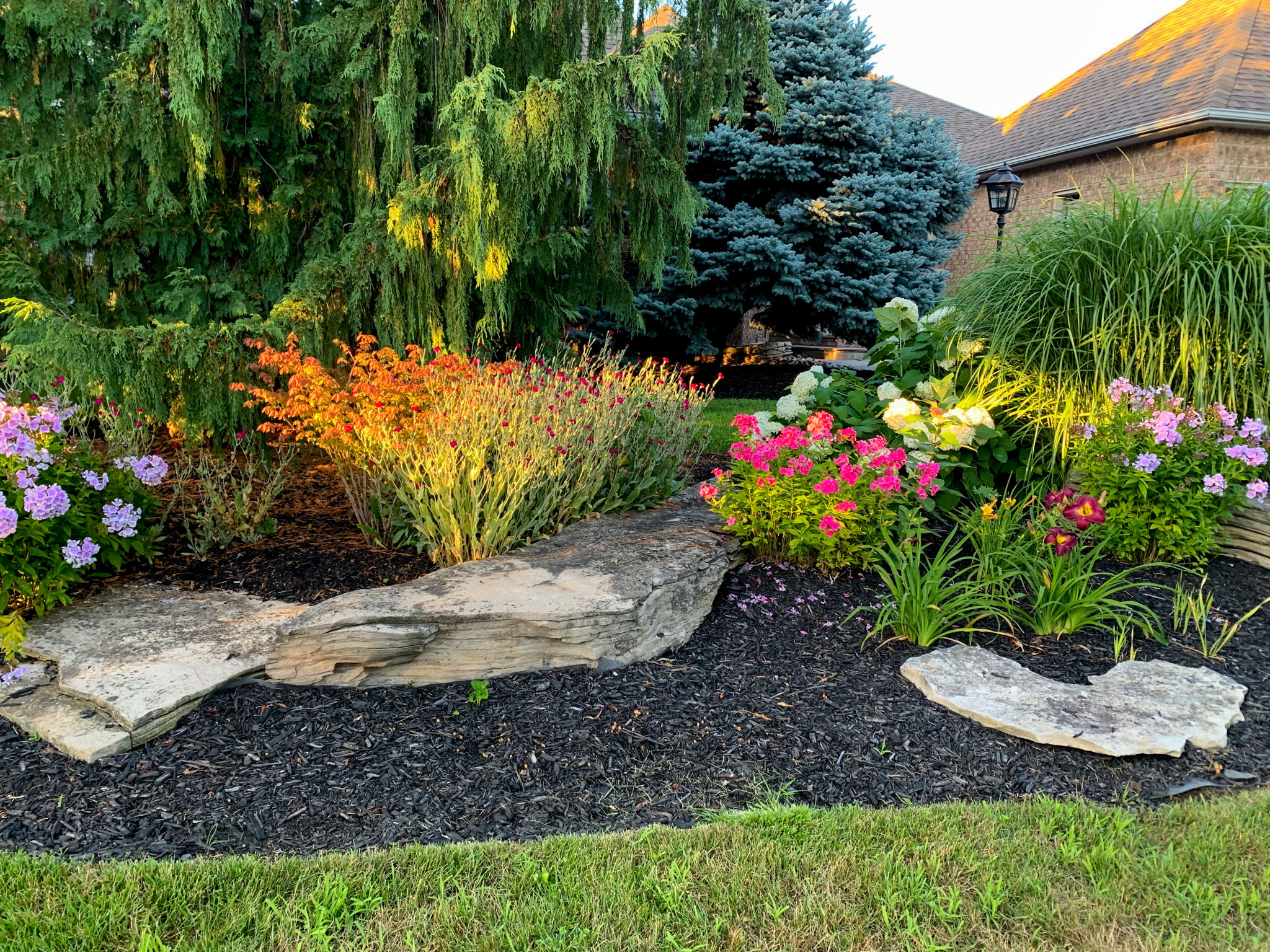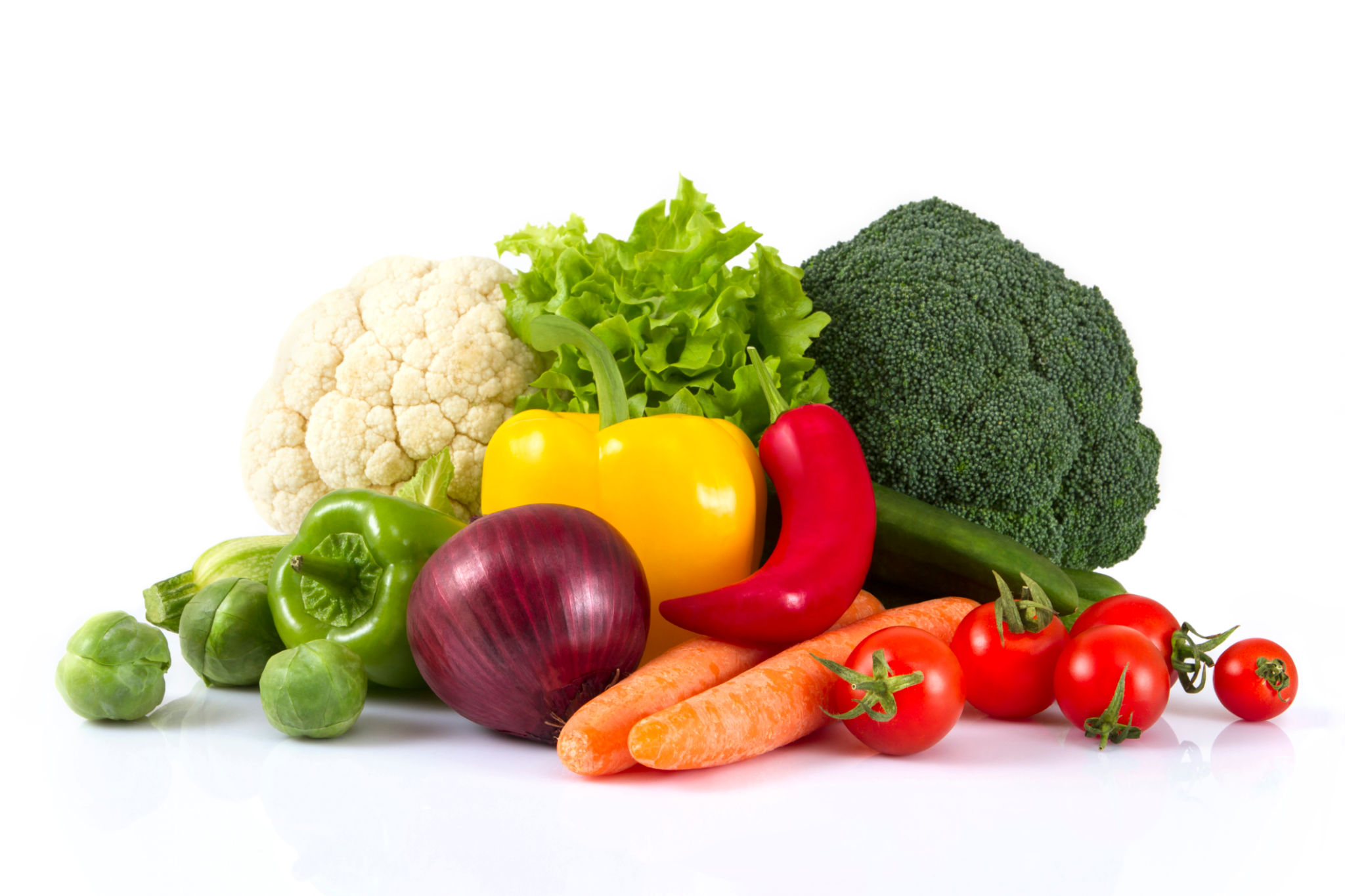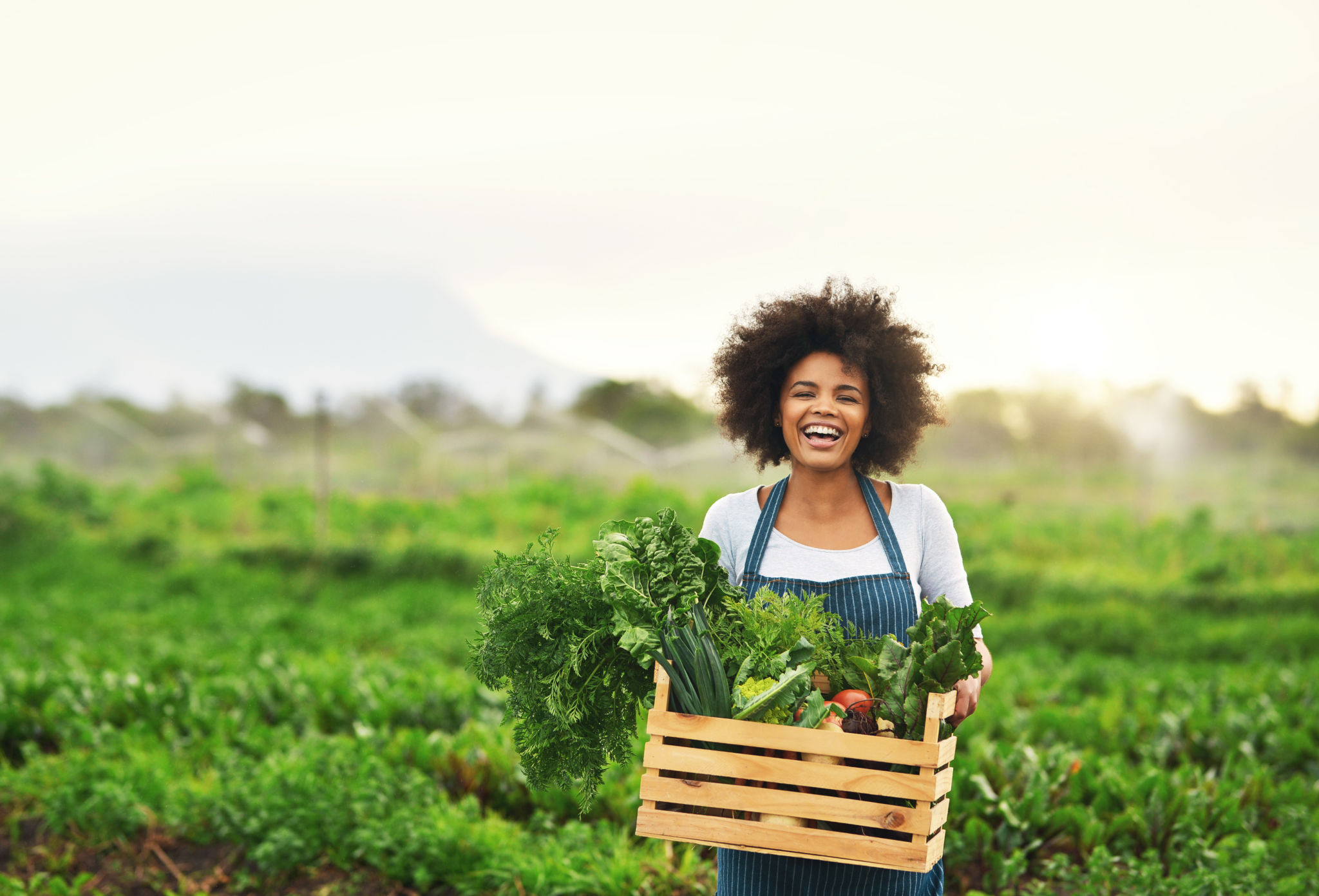10 Key Steps to Designing Your Perfect Edible Garden
Choosing the Right Location
Designing your perfect edible garden begins with choosing the right location. The ideal spot should receive ample sunlight, typically about 6 to 8 hours a day, and have good soil drainage. It's crucial to observe your yard throughout the day to identify areas that fit these criteria. Additionally, ensure that the garden is close to a water source for easy irrigation.
Considerations for Space
The size of your garden will depend on the available space and your personal needs. If you have limited space, consider vertical gardening or container gardening as alternatives. These methods are not only space-efficient but also add a unique aesthetic to your edible garden.

Soil Preparation
Once you've chosen the location, focus on soil preparation. Good soil is the foundation of a successful garden. Start by testing the soil's pH level and nutrient content. Based on the results, you may need to amend the soil with organic matter such as compost, which improves fertility and structure. This step is vital for healthy plant growth.
Building Raised Beds
If the natural soil in your yard is poor, consider building raised beds. Raised beds allow for better control over soil quality and drainage, and they can be filled with a custom soil mix tailored to your plants' needs. They also offer easier access for planting and maintenance.

Selecting Your Plants
With your soil ready, it's time to select plants for your edible garden. Consider a mix of vegetables, herbs, and fruits that you enjoy eating. It's advisable to start with easy-to-grow varieties like lettuce, tomatoes, and basil if you're a beginner. Additionally, consider companion planting techniques to naturally repel pests and enhance growth.
Seasonal Planning
Plan your garden according to the seasons. Understanding the growing seasons of different plants will help you maximize yield and ensure a continuous harvest throughout the year. For example, cool-weather crops like kale and spinach can be planted in early spring or fall, while warm-weather crops like peppers thrive in summer.

Irrigation Systems
Establishing an efficient irrigation system is crucial for maintaining your garden's health. Options range from simple watering cans to automated drip systems. Drip irrigation is particularly beneficial as it conserves water by delivering it directly to the plant roots, reducing evaporation and runoff.
Mulching for Moisture Retention
In addition to irrigation, mulching helps retain soil moisture and suppress weed growth. Organic mulches like straw or wood chips are excellent choices as they decompose over time, adding nutrients back into the soil.
Pest and Disease Management
Protecting your plants from pests and diseases is essential for a thriving garden. Implementing natural pest control methods such as introducing beneficial insects like ladybugs can reduce harmful insect populations. Additionally, regular monitoring and timely intervention at the first sign of disease will keep your plants healthy.
Harvesting Techniques
The final step in designing your perfect edible garden is learning when and how to harvest your produce. Proper harvesting ensures that you enjoy the best flavor and nutritional value from your crops. For example, picking vegetables like cucumbers and zucchini while they're young encourages continued production.
